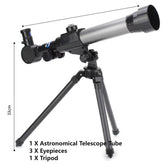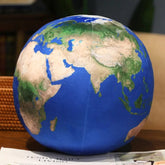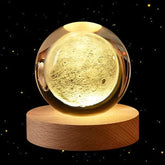A Deep Dive into Our Solar Dance
The Sun and the Moon—two celestial bodies that have fascinated humanity for millennia—are often seen as opposites, yet their relationship is one of the most captivating dances in our sky. While the Sun is the blazing heart of our solar system, providing light and life, the Moon is its reflective partner, influencing tides, time, and even human culture. This post explores the Sun’s profound role, illuminated by its interplay with the Moon, revealing a unique cosmic relationship that shapes life on Earth.
The Sun: Our Solar Powerhouse
At the center of our solar system sits the Sun, a massive, glowing sphere of plasma composed mainly of hydrogen and helium. Its core is a nuclear furnace where hydrogen atoms fuse into helium, releasing immense energy in the form of light and heat. This process, called nuclear fusion, powers the Sun and, by extension, life on Earth. The energy radiated by the Sun supports photosynthesis in plants, drives weather patterns, and sustains ecosystems.
But beyond just energy, the Sun’s magnetic field shapes solar winds—streams of charged particles that interact with Earth’s magnetosphere. These interactions create phenomena like the auroras, breathtaking displays of light near polar regions, a vivid reminder of the Sun’s dynamic influence on our planet.
The Moon’s Reflective Role
While the Sun is a source of energy, the Moon acts as a silent companion. The Moon does not produce light; it reflects the Sun’s light, causing its phases—from new moon to full moon—and its mesmerizing glow at night. This reflection is more than just a beautiful spectacle; it affects Earth’s environment and human culture.
The gravitational pull between the Earth and Moon creates tides, which have shaped coastlines and marine life for billions of years. The Moon’s phases have been used as calendars and inspired myths, art, and poetry across civilizations.
When the Moon Meets the Sun: Solar Eclipses and Symbolism
One of the most spectacular events showcasing the Sun-Moon relationship is the solar eclipse. During a solar eclipse, the Moon passes between the Earth and the Sun, temporarily blocking the Sun’s light and casting a shadow on Earth. This rare alignment is a powerful reminder of the cosmic choreography that connects these two bodies.
Eclipses have historically been seen as omens or divine messages, underscoring the cultural significance of the Sun and Moon. Today, they provide scientists with valuable opportunities to study the Sun’s corona—the outer atmosphere only visible during eclipses.
The Sun and Moon as Cosmic Yin and Yang
Symbolically, the Sun and Moon represent balance: the Sun as masculine, fiery, and active; the Moon as feminine, cool, and reflective. This duality is reflected in many cultures, embodying the natural rhythms of day and night, light and darkness, action and rest.
Conclusion
Though the Sun is the dominant force in our solar system, its story is incomplete without the Moon’s presence. Together, they create a cosmic partnership that governs natural cycles, inspires humanity, and maintains the delicate balance that makes Earth habitable. In the grand ballet of the cosmos, the Moon and Sun are forever entwined, each enhancing the other’s brilliance in an eternal dance.







































